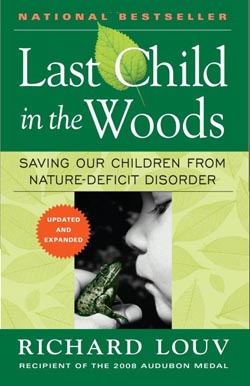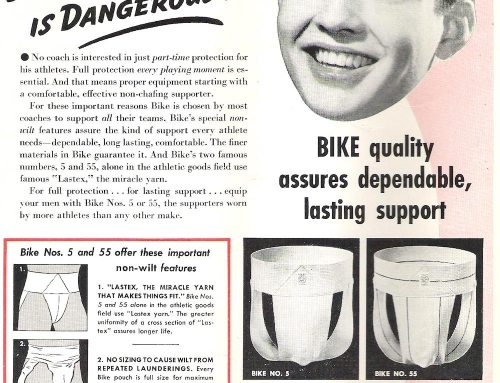
Our mission here at Endurance Magazine isn’t to convince you to buy a hybrid car or retrofit your house with solar panels (though at some point in the future you’ll certainly want to), but we do realize that adopting a sustainable lifestyle will enable everyone to continue to enjoy the outdoor activities we currently enjoy. Luckily for us, there are lots of cool online carbon footprint calculators to help us assess how much carbon dioxide and other greenhouses gases our individual actions generate, not to mention help us find ways to reduce that pollution we are creating.
Here are five easy ways for you to adopt a more sustainable lifestyle NOW:
DRINK WATER
While no one doubts the need for sports drinks during extended competition, many people fall back on canned energy drinks during the business day when energy lags. But according to sports nutritionist Cynthia Sass, “Most of the energy drinks contain high-tech-sounding ingredients that are not controlled substances, of no value, and potentially harmful in large amounts.” Sass recommends good old fashioned water as the best alternative to energy drinks. Re-hydrating is a great way to stay alert and to move other nutrients through the body. Other tried and true ways to increase energy include maintaining a healthy diet, regular physical activity and, of course, a good night’s sleep.
WEAR CLOTHES MADE FROM ORGANIC PLANT-BASED MATERIALS
While synthetic like polyester and nylon are still the “go to” materials for outdoor clothes, due to their moisture wicking, quick drying and warmth retention properties, new fabrics crafted out of organic plant-based materials are arriving on the sports apparel scene. One such innovation is CoconaTM, from the Colorado-based company of the same name. It’s a fabric treatment derived from coconut husks discarded by the food industry that helps other traditional fabrics wick moisture, control odor and shield UV rays.
BUY A USED CAR
Recycling is a great way to help the environment, but rarely is it used in conjunction with automobiles. A recent analysis by Toyota found that as much as 28 percent of the carbon dioxide emissions generated during the lifecycle of a typical gasoline-powered car can occur during its manufacture and its transportation to the dealer; the remaining emissions occur during driving once its new owner takes possession. An earlier study by Seikei University in Japan put the pre-purchase number at 12 percent. Regardless of which conclusion is closer to the truth, your current car has already passed its manufacture and transport stage, so going forward if you simply must change your vehicle, be it for fuel efficiency or any other reason, one option is to simply buy a used car that gets better gas mileage than your existing one.
GET YOUR KIDS INVOLVED WITH NATURE
Getting kids involved with nature and the outdoors, argues Richard Louv, author of the book, Last Child in the Woods: Saving Our Children from Nature Deficit Disorder, is key to their development, especially in the technological age we occupy now. Louv believes that kids are so plugged into television and video games that they’ve lost their connection to the natural world. This disconnect has led not only to poor physical fitness among our youth (including obesity), but also long-term mental and spiritual health problems, not to mention our society’s increasing lack of empathy for nature. Louv believes that humans can heal our “psychological alienation” from nature and build a more sustainable society if we recognize that we all have an innate emotional bond with the natural world.
AVOID PRODUCTS WITH A LOT OF PACKAGING
Preventing waste from being created in the first place means that there is less energy wasted and fewer resources consumed. When you purchase products with the least amount of packaging, not only do you save money, but you also help the environment! Reducing your garbage by 10% reduces carbon dioxide emissions by 1,200 pounds.





